(CLO) China's 6th generation stealth fighter, first discovered in late December 2024, has attracted the attention of military experts.
Leaked images of these aircraft models appeared simultaneously at two major Chinese aircraft manufacturers, Shenyang Aircraft Corporation and Chengdu Aircraft Industry Group.
Although there has been no official confirmation from the military, the aircraft – tentatively called the J-36 – is said to be under development with revolutionary features, but at the expense of flexibility and carrier-based operations in order to focus on other special missions. Experts believe this is a major step forward in China's air force modernization ambitions.
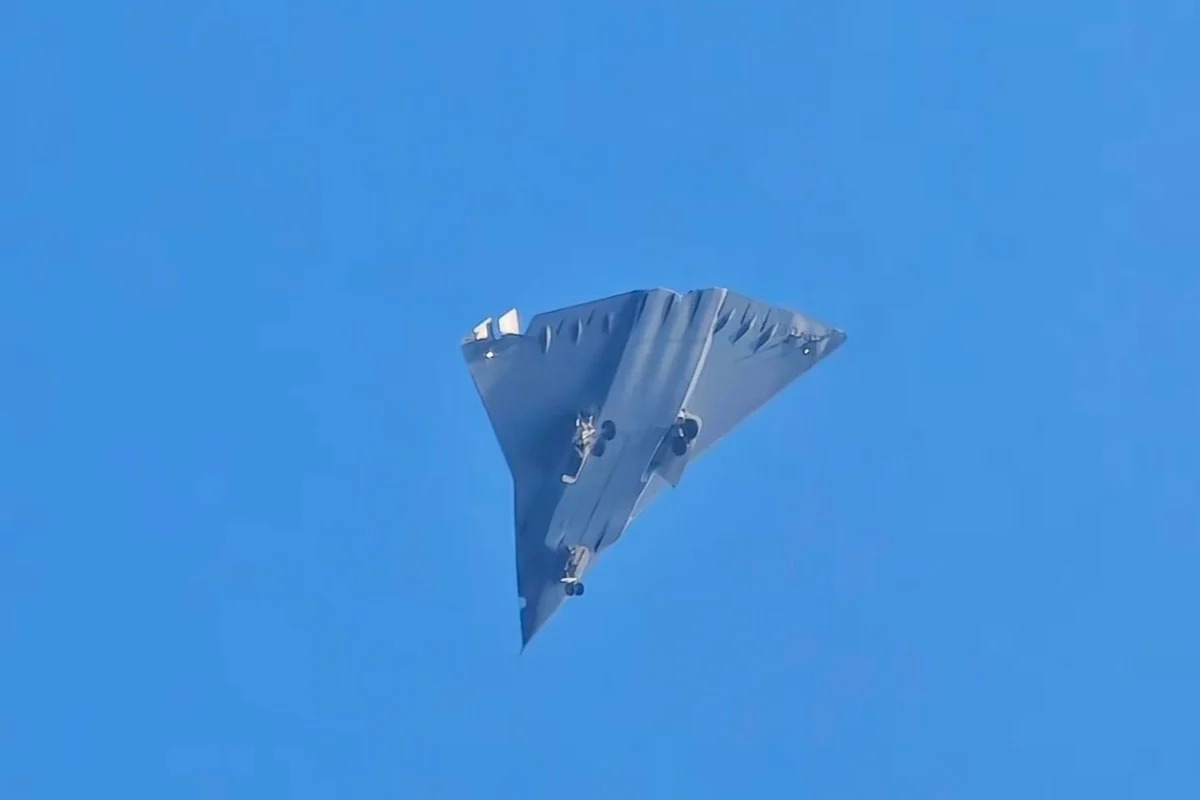
China's first sixth-generation stealth fighter appears to have made its maiden flight on December 26. Photo: Weibo/师伟微博
Outstanding design features
The J-36 is designed without a tail, similar to the most modern US stealth aircraft such as the B-21 Raider. The tailless design reduces the possibility of being detected by radar, but at the same time limits maneuverability.
This suggests that the J-36 is not focused on close-range dogfights but is instead aimed at strategic missions such as attacking targets from a distance or leading unmanned systems in large-scale operations.
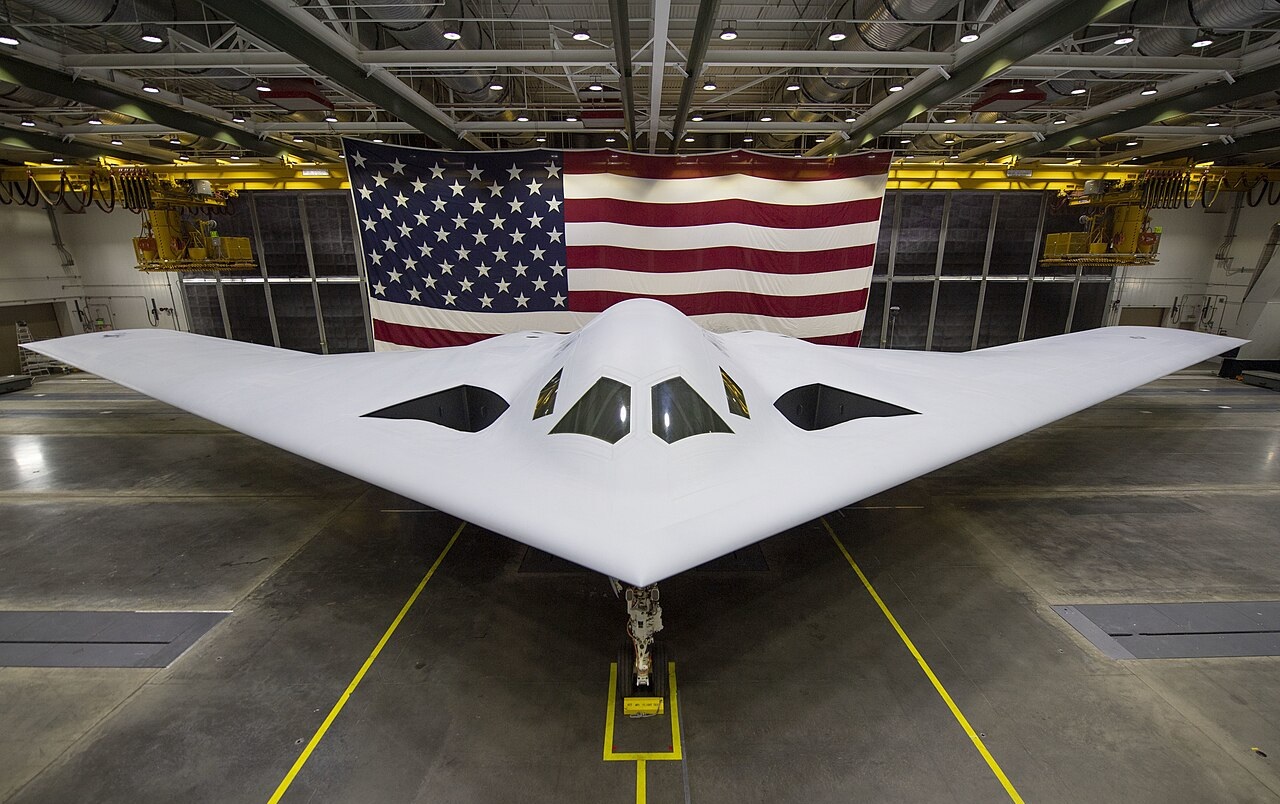
US B-21 Raider fighter jet. Photo: CC/William OBrien
John Waters, a former US Air Force fighter pilot, said the design is optimized for stealth rather than maneuverability. He compared the J-36 to the B-21 Raider, emphasizing that large aircraft like the J-36 are not intended for close-range dogfights, but rather focused on strategic missions.
Impressive load and performance
Experts estimate that the J-36 has a maximum take-off weight of over 45 tons, surpassing the Russian MiG-31. Its large design and large weapons bays allow it to carry long-range air-to-air and air-to-ground missiles, including the PL-17 with a range of up to 400 km. The missile’s speed exceeds Mach 4, providing long-range interception and attack capabilities, enhancing its combat effectiveness in modern air combat scenarios.
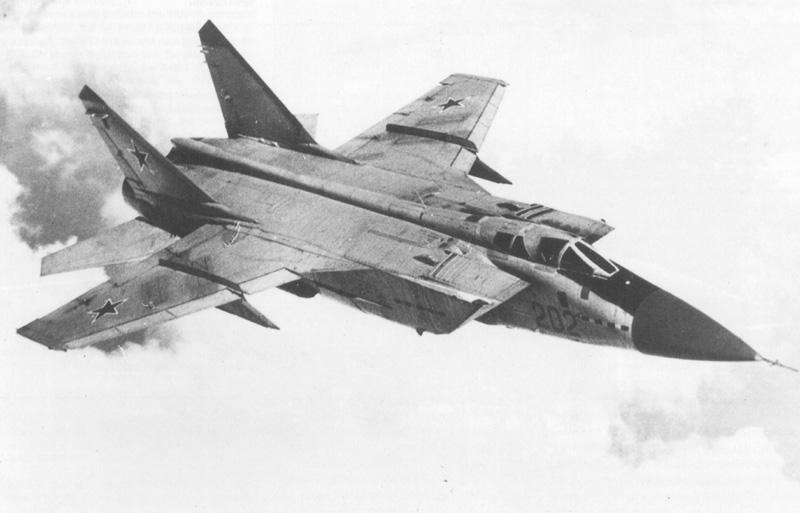
Russian MiG-31 fighter. Photo: CC/Wiki
Peter Layton, a retired Australian air force officer, said the J-36's large structure and twin-wheel landing gear system were clear indications of its power and payload. He also predicted that the J-36 could serve as an escort for Chinese strategic bombers or to defend strategic areas without ground-based air defenses.
Role in data-based warfare
The J-36 is expected to become an important link in data-based networked warfare. Instead of being a frontline aircraft, it will act as a command center, connecting unmanned systems, J-20 and J-35A fighters.
Naval commentator Lu Guo-Wei said the J-36 is capable of collecting, processing and sharing real-time battlefield information, improving situational awareness and optimizing the combat effectiveness of the entire formation. This integration capability is similar to the US Air Force's Next Generation Air Dominance (NGAD) program, which aims to closely coordinate manned and unmanned systems.
Challenges and limitations of carrier operations
Although two J-36 prototypes have been spotted with different designs, the aircraft's carrier-based capabilities remain a big question. The version spotted in Shenyang has a more compact design with twin engines and foldable stabilizers, which seems more suitable for carrier-based missions.
However, experts such as Peter Layton emphasize that adapting the J-36 to meet the requirements of landing and taking off from aircraft carriers may not be effective, especially when China already has the J-35 series dedicated to this mission.
Layton also points out that the J-36 can land at speeds of up to 180 knots, much higher than the 135 knots for carrier-based aircraft. To overcome this, the aircraft needs to add flaps and a complex braking system, which reduces the efficiency of the design.
PLA Air Force's Strategic Transformation
The introduction of the J-36 shows that China is shifting from a traditional defensive strategy to a longer-range offensive strategy, despite the lack of support from ground-based air defense systems in areas far from its territory.
Kelly Grieco, a fellow at the Stimson Center, said the J-36 is emblematic of the shift toward highly automated, AI-based warfare, which not only reduces human risk but also significantly shortens the target kill chain – from detection, tracking, to attack.
Despite the technical and strategic challenges, the J-36 marks a significant step forward in China’s air force capabilities. With its ability to integrate into modern warfare networks and conduct long-range missions, the aircraft is not only a symbol of China’s technological development, but also a tool to reshape China’s future military strategies.
Along with current aircraft models such as the J-20 and J-35, the J-36 will play an important role in enhancing the power and influence of the Chinese air force on the international stage, especially in the context that other military powers are also stepping up the development of their own sixth-generation aircraft.
Ngoc Anh (according to SCMP, The War Zone)
Source: https://www.congluan.vn/tiem-kich-the-he-thu-6-cua-trung-quoc-la-gi-co-so-duoc-b-21-raider-cua-my-va-mig-31-cua-nga-post329193.html



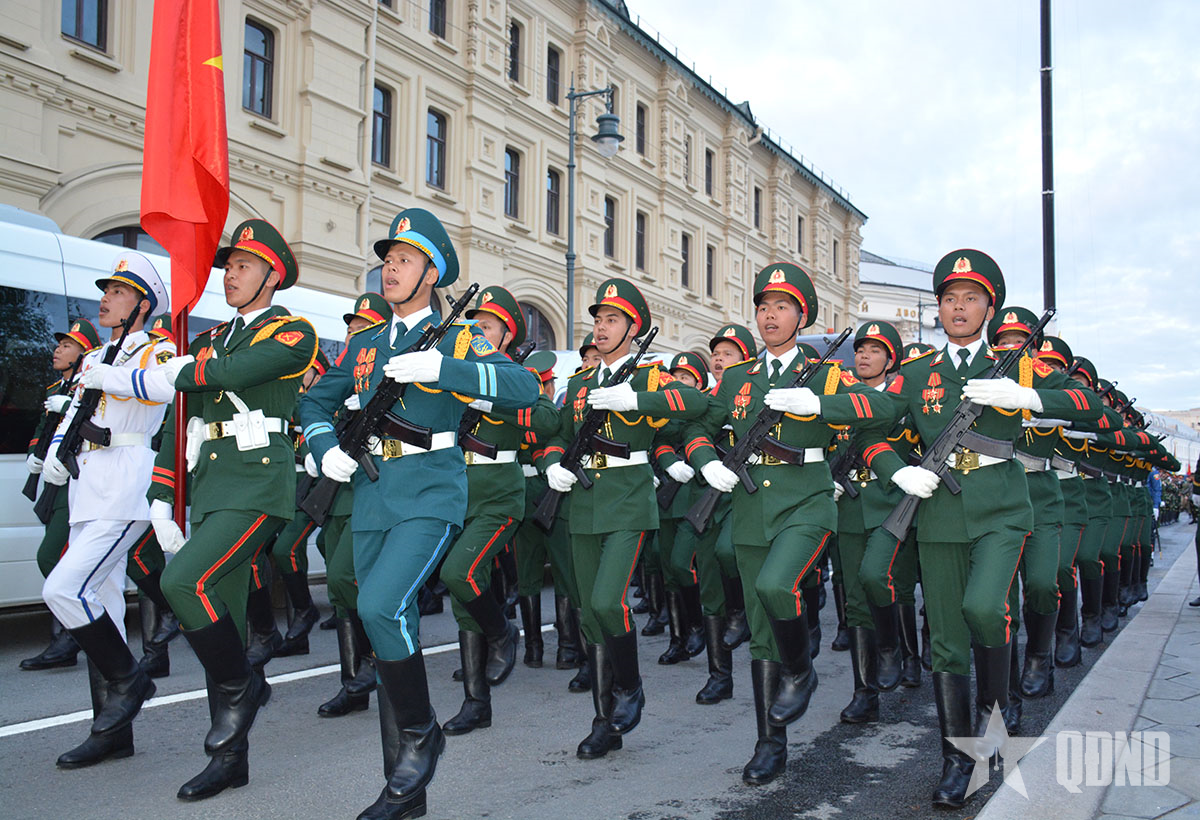
![[Photo] Vietnam shines at Paris International Fair 2025 with cultural and culinary colors](https://vstatic.vietnam.vn/vietnam/resource/IMAGE/2025/5/4/74b16c2a197a42eb97597414009d4eb8)








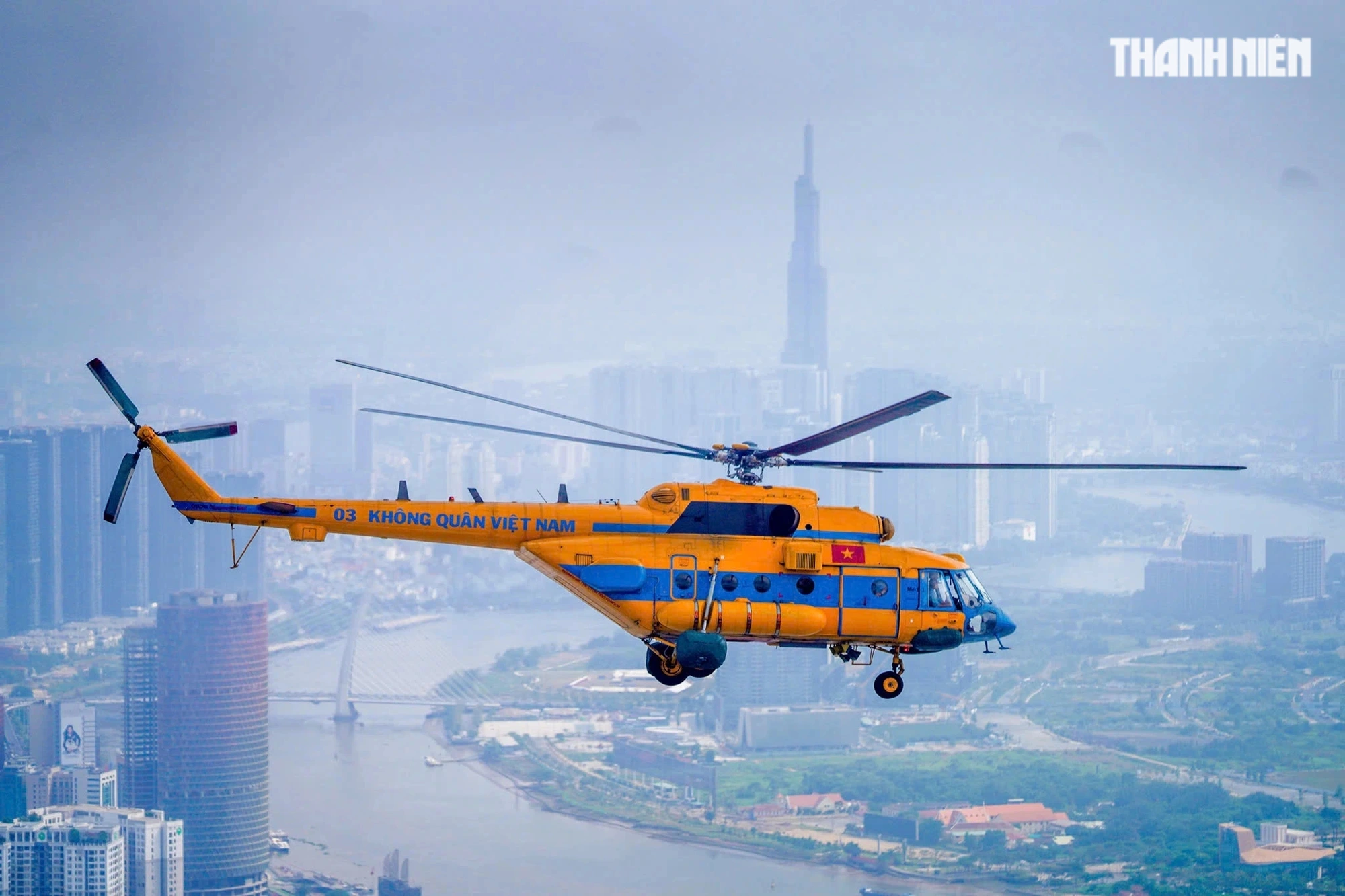

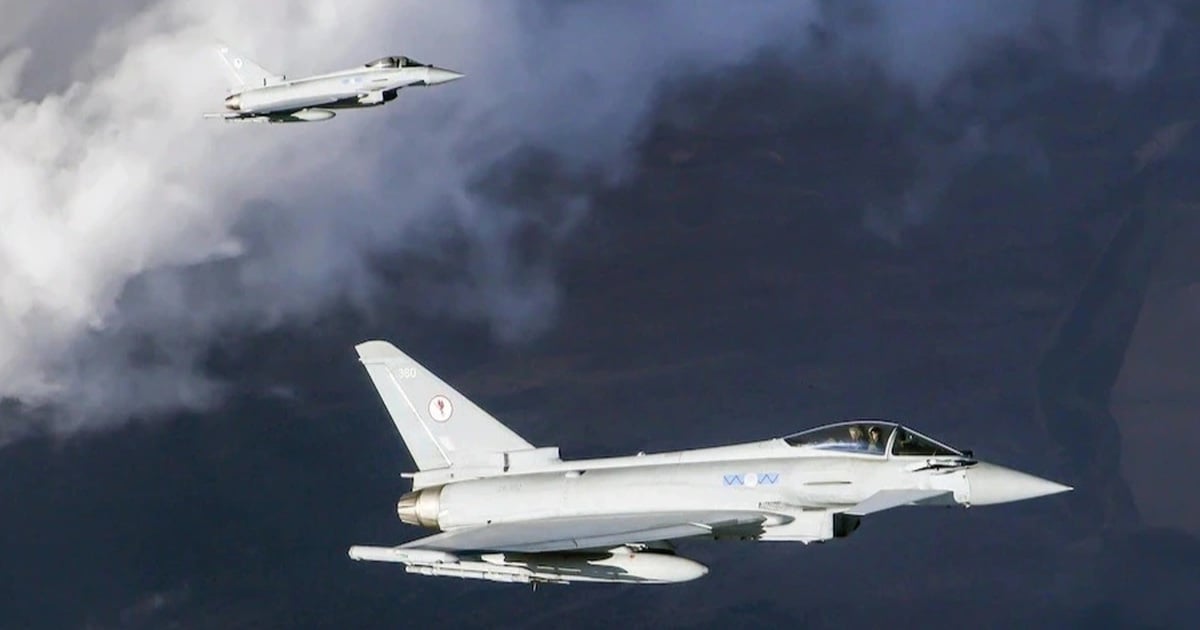








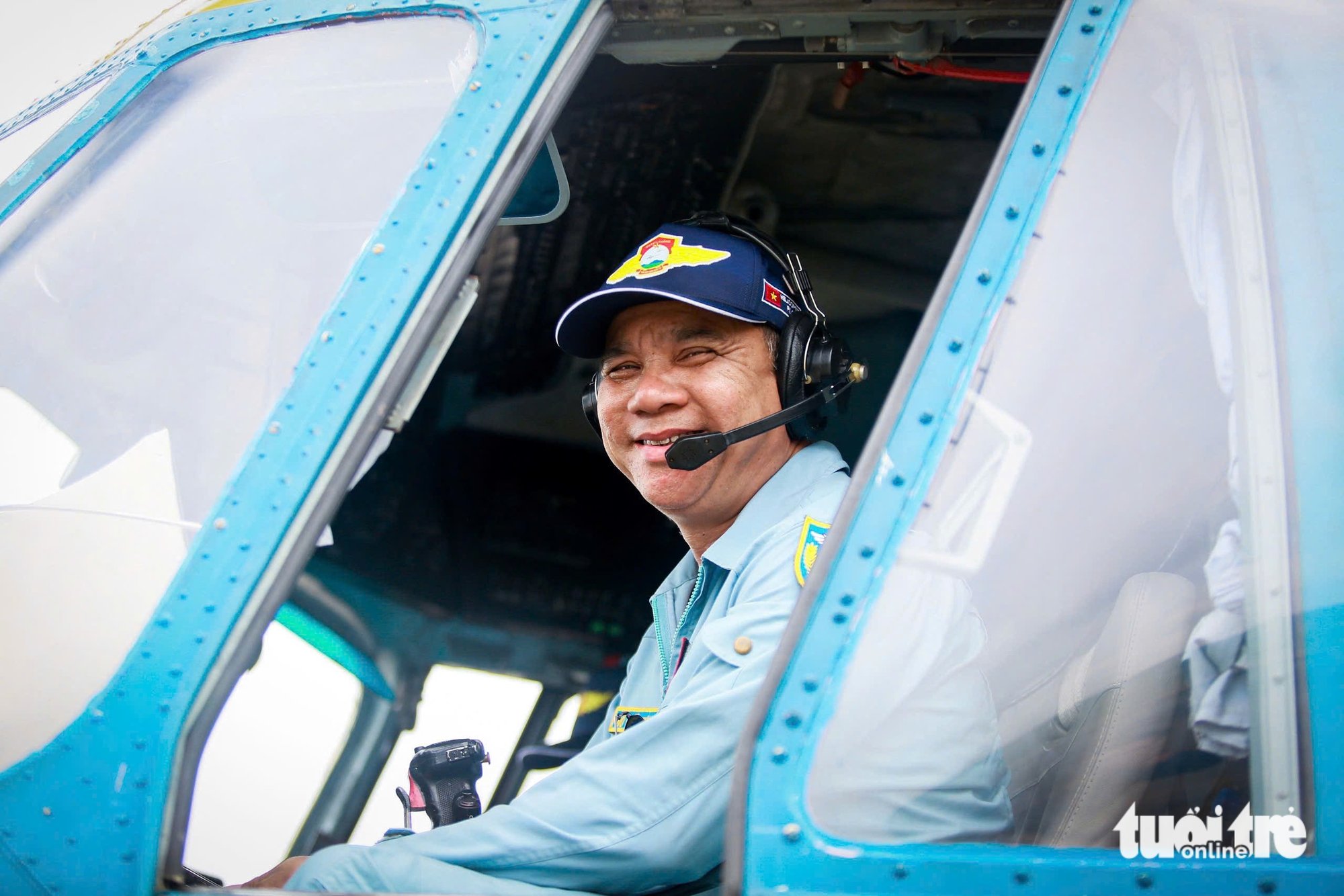


















































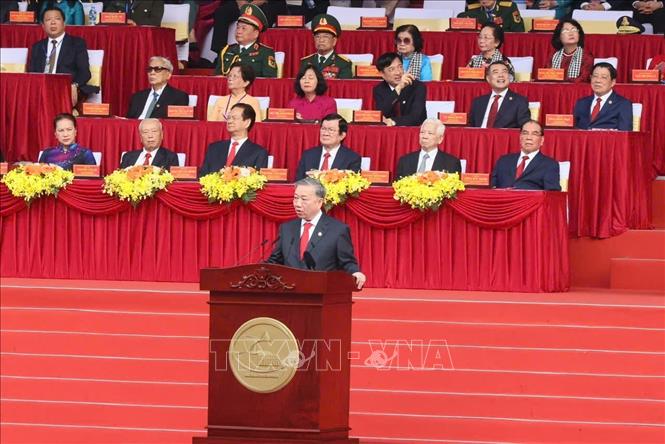

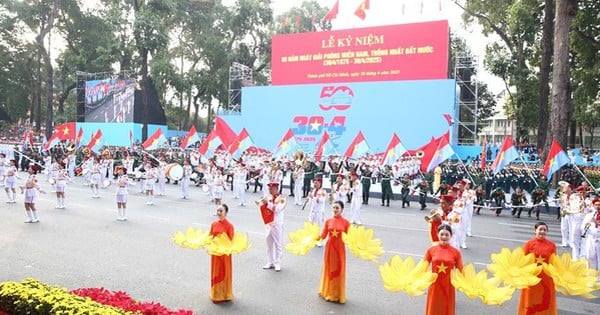






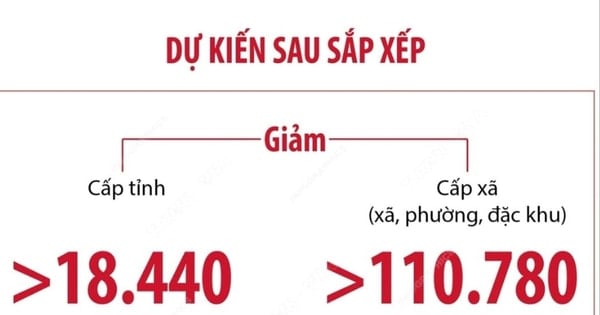








![[Video]. Building OCOP products based on local strengths](https://vstatic.vietnam.vn/vietnam/resource/IMAGE/2025/5/3/61677e8b3a364110b271e7b15ed91b3f)




Comment (0)